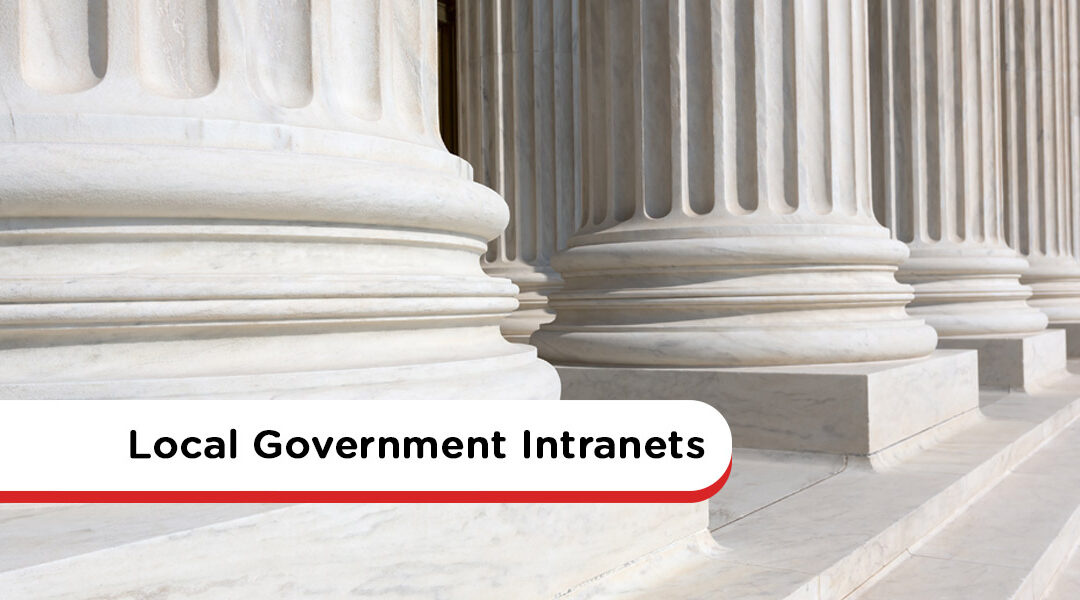Local governments manage a wide range of public services across diverse departments, often leading to siloed systems, miscommunication, and inefficiencies. A modern intranet helps bridge these gaps by acting as a centralized digital hub where all departments can access up-to-date information, collaborate on initiatives, and streamline operations. From fire departments to public works, this shared digital space fosters transparency and coordination across the board.
Intranets have evolved from simple document storage systems into comprehensive platforms that support automated workflows, collaborative tools, and live data access. Staff can easily locate essential information, complete forms, and submit requests without relying on inefficient phone or email communications. Role-based permissions ensure data security, while features like staff directories, shared workspaces, and government calendars encourage cross-department collaboration and planning.
For budget-conscious municipalities, intranets offer a scalable, cost-effective solution. With predictable monthly pricing and cloud-based infrastructure, local governments can reduce IT burdens and avoid hidden costs. By breaking down internal barriers and encouraging smarter, more efficient public service planning, an intranet becomes a powerful tool for transforming how local governments serve their communities.










